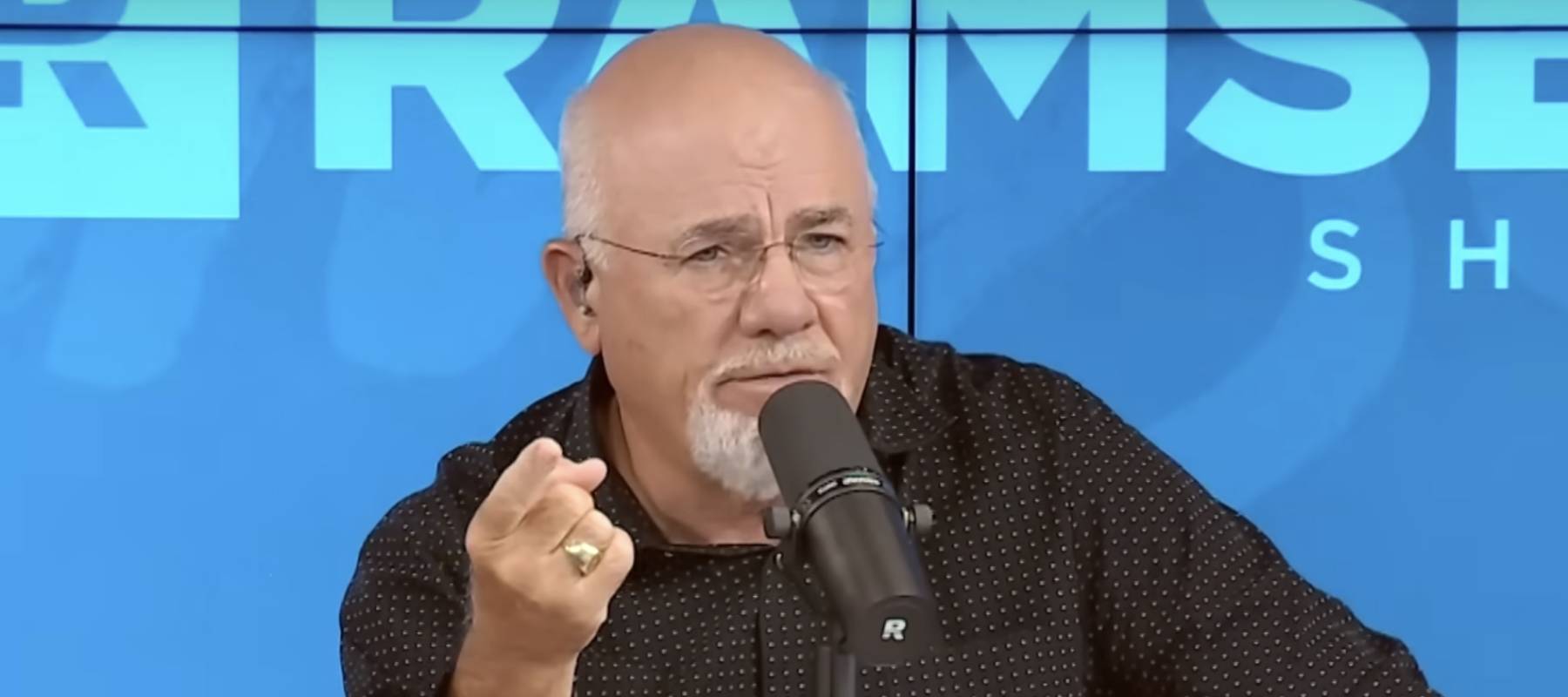-1690915293.jpg)
Lending Club for investors review
Michael Vi / Shutterstock
We adhere to strict standards of editorial integrity to help you make decisions with confidence. Please be aware that some (or all) products and services linked in this article are from our sponsors.
We adhere to strict standards of editorial integrity to help you make decisions with confidence. Please be aware that some (or all) products and services linked in this article are from our sponsors.
Please note: Lending Club is no longer accepting new investors for its notes platform and will retire its notes on December 31, 2020. Below is our review of Lending Club as it was in 2018.
When I started with Lending Club back in 2010, I was one of its early investors. In fact, Lending Club was the first review on Moneywise. I wanted to document my progress over time to see how well (or poorly) I did with the service.
Fast-forward to 2015. I decided to end investing with LendingClub and let the invested notes wind down over the next three years. At the peak, I had over $22,000 invested with Lending Club and was earning around 8-10% in net annualized return (NAR). As you can imagine, I was quite happy with my returns.
I felt my test of this service was a success. I stopped investing with Lending Club only because I felt eventually we will have another recession, in which defaults would increase. I sought after other investments with fixed returns.
Since 2015, my returns have stayed around 8% without any further changes, and I currently have about $500 left in that account. I have taken the money out from any notes that have matured.
In 2018, Lending Club contacted me and asked if I would like to write an updated review of its service. As part of the agreement, Lending Club deposited $5,000 in a newly opened account. The only requirement from me is that I must invest the money for a least one year with the service. No other conditions exist, and I am completely free to say what I want about Lending Club — positive or negative.
Since my last updated review, a few changes have been made to the service, and I will discuss them in detail. In addition, I’ll detail my updated filtering techniques for better returns.
For those who are unaware, Lending Club allows individuals to invest in other people’s loans. It allows individuals to invest in an asset class that previously was available only to banks.
Lending Club features
- Account types: You can open these types of accounts with Lending Club: Individual, Joint, Traditional IRA, Roth IRA, Simple IRA, Rollover IRA, Trust, Corporate and Custodial.
- iOS and Android app: You can see the status of your Lending Club account via the mobile app.
- $5,500 minimum for IRAs: Lending Club requires at least $5,500 to open an IRA. Taxable accounts still require a minimum of only $1,000.
Lending Club borrowing process
First, some background on borrowing from Lending Club.
- Applicants apply for a Lending Club loan online.
- The applicants must have a FICO score above 660. (You can use the help of services such as Experian Boost™ in order to improve your credit score).
- Over two-thirds of the loan applications get rejected by Lending Club.
- Only a small subset of individuals get approved, which is part of the risk management the company performs.
Individual borrowers can apply for a loan amount from $1,000 to a maximum of $40,000. The interest rate is determined by Lending Club and is based on the applicant’s credit rating. Rates are very competitive when compared to traditional banks and start as low as 6.16% APR. The highest possible rate is 35.89% APR. The best APR is available to borrowers with excellent credit.
The interest rate is fixed for the term of the loan. There are three- and five-year loans available. All loans are unsecured lines of credit and no different than credit card loans. Also like credit cards, any defaults are reported to the three credit rating agencies (Equifax, TransUnion and Experian).
Not only can you invest in individual loans, but Lending Club also offers loans for small businesses, refinancing autos and medical expenses. For the purpose of this review, I invested only in individual loans and in my opinion feel the other types of loans are too risky for their rates of return.
How does Lending Club investing work?
Since this is a blog about investing, let’s discuss how to get started (Here's our guide on how to get started investing). Signing up as an investor is simple and takes a few minutes to complete. You can fund your account either via an electronic transfer from your bank or by mailing a check. Note that Lending Club requires a minimum of $1,000 to start investing in a taxable account and a minimum of $5,500 to open an IRA.
Once set up, Lending Club requires you to invest at least $25 per note. Notes are graded from A1 (lowest risk/lowest rate) to E5 (highest risk/highest rate), with subgrades per rate. Because of high defaults, Lending Club has removed F and G notes from its system.
Lending Club investing requirements
Now, it’s important to note that Lending Club isn’t available to all investors. As per requirements by the SEC and each state, the platform has net worth and income requirements.
- Income level: In most states, you must have a gross annual income of $70,000 or more and have a net worth of $70,000 or more. In the state of California, investors must have a gross annual income of $85,000 and a net worth of $85,000.
- Approved states: Lending Club is available to investors in most states except the following: Alaska, New Mexico, North Carolina, Ohio and Pennsylvania.
- Net worth: If your total net worth is greater than $250,000 ($200,000 in California), there is no annual income requirement. In the state of Kentucky, investors must qualify as an “accredited investor” under the Securities Act of 1933.
- $1,000 or $5,500 initial deposit: $1,000 is needed to start investing in a taxable account; $5,500 is required for IRAs.
Lending Club investing risks
With any investment, even “secure” ones, you have risk. In summary, here are some possible risks when investing with Lending Club:
- Default risk: Investments are neither FDIC insured nor equivalent to bank CDs or Treasury notes.
- Inflation risk: Similar to bonds (since there’s a fixed rate), you have the risk of inflation eating at your returns. However, with the high rate of return, this risk is reduced.
- Management risk: Lending Club’s annual fee is currently 1%. While this rate has remained steady for years, it could increase in the future.
- Marketplace risk: This is the risk that Lending Club goes bankrupt. While this is improbable, given the history of Lending Club, it’s not impossible. Lending Club does have contingencies in place should it go bankrupt (an orderly dissolve of the marketplace), but this has never been tested.
- Callable risk: Loans can be paid in full early, which will affect your return. The downside is you will need to find another loan to replace it.
- Diversification risk: If you have a small amount of loans (less than 100), one default can dramatically affect your overall return. Ideally, you should have more than 400 notes (in other words, $10,000 or more) invested with Lending Club.
- Liquidity risk: Loans can be sold on the secondary market, but it can take some time to unwind every single note. Lending Club is a long-term investment.
- Economy risk: Another recession will more than likely increase overall defaults of individuals within Lending Club. This would cause your return to decrease.
- Pricing risk: Will Lending Club properly assess the borrower’s risk to default and price the loan accordingly?
With the last issue, you can minimize this risk by specifically picking the loans you want to fund. You don’t think it’s a good loan? Don’t invest in that note. You have control over which notes you want to invest.
Lending Club and taxes
Lending Club is horribly inefficient in a taxable account, especially if you are a high-income earner. This inefficiency is more than likely because of government income requirements.
It should be noted that Lending Club investments are not considered passive investments by the U.S. government. This means you cannot lock in the long-term capital gains tax rate. Therefore, the IRS taxes any profit as ordinary income.
If possible, you are best off choosing a Lending Club self-directed IRA. It is much more tax efficient than in a taxable account like I currently have. Lending Club does offer IRA investment accounts. A $5,500 minimum deposit is required to open a no-fee IRA. It is also possible to roll over your existing 401(k) or IRA into Lending Club.
Alternative and comparison
| Highlights | Lending Club | Yeildstreet | Prosper |
|---|---|---|---|
| Rating | 4.3/5 | 4/5 | 3.8/5 |
| Min. investment | $1000 | $2500 | $25 |
| Fees | 1%/year | Averages 2%/year; depends upon deal | 1%/year |
| Accredited investor | ❌ | ✅ | ❌ |
| Read reviews | LendingClub review | Yieldstreet review | Prosper review |
| Learn more | Sign up | Sign up | Sign up |
Lending Club investing strategy
Here’s my updated list of filters I used to maximize my return while minimizing risk. Use them as you see fit, and do your own research before investing. These filters are meant only as a guideline. Your results may vary, and my past performance may not indicate future returns when using these filters.
- Interest rate: I select from “A,” “B” and “C” notes. I call this the “butter” zone and avoid lower-quality notes altogether as well as “A” notes with rates lower than 7.5%.
- Minimum length of employment: Greater than 1 year. The longer the employment, the better.
- Debt refinance: Go primarily for people looking to pay off higher interest rates, rather than the riskier types of loans (like new businesses).
- Loan term: 36 months only. The additional 2%+/- return for 5-year notes isn’t worth the additional risk, in my opinion.
- Loan purpose: I tend to focus on customers looking to get better rates and reduce their debt. I select: Refinancing Credit Card, Consolidate Debt and Home Improvement Project.
- Maximum debt-to-income ratio: 30%.
- Credit score: FICO score of 675 or greater.
- Delinquencies (last 2 years): None.
- Public records: I exclude loans with public records.
- Inquiries in the last 6 months: I select zero.
- Review status:Yes. I prefer that Lending Club has checked them over. It gives a better chance the loan information is legit.
- Monthly income: $7,500 or greater. Some previous reports I read showed fewer defaults at the higher income ranges (I can’t find that data in updating this review).
- Exclude loans already invested in: I check this since I want to make sure I don’t invest in the same note again.
- Verified income: Yes (at least as the initial search filter I perform). I also look at unverified income applications.
While I do make exceptions to this filtering, I tend to look at the big picture. The questions you should always ask are: “Will the individual pay back the loan?” and “Are they a good credit risk?” If you have any doubt in an application, skip it and find a better note.
If no good applications currently exist, wait a few days and check again. There is no need to rush the process. Take your time picking what you consider the cream of the crop, rather than getting stuck with a bad note. Once you purchase a note, it’s not so easy to unload it, although there is a secondary market. In most cases, the goal of buying the note is to hold it for the life of the loan.
I suggest building up a portfolio of at least 200 notes. The more notes you own, the more even your portfolio’s performance will be. More notes help spread the risk out to many loans, should one default. This means a recommended minimum of $5,000 invested. A total of 800 notes (which means $20,000 to invest) is the ideal investment strategy.
I also recommend manually investing instead of the automated investment options. The reason is more control of note selection. However, this comes at a cost, and that is the time it takes to build up your portfolio for investing. It is best to think of Lending Club as a “slow in and slow out” investment. You are investing for the long haul (at least 36 months per tranche). Yes, you have a secondary market, but ideally, you should be thinking of holding the note until maturity.
The nice thing about Lending Club is its transparency with loan data. You can analyze the data yourself and determine pockets of either mispriced loans or what you think are your best loans to go after. Analyzing borrowing trends is something I recommend.New notes are added at 6 a.m., 10 a.m., 2 p.m. and 6 p.m. Pacific Time every day of the week. The good notes tend to get snapped up quickly, so you are best to either log in at these times or use some of the third-party tools to get your best notes.
Secondary market
Should you want to unload a loan, there is a secondary market from Lending Club called FOLIOfn. This is great if you have a poorly performing loan or need cash for other investments. It’s also a great way to pick up notes from others.
Since my last review, FOLIOfn has improved considerably. It lacked any real filters, and it was somewhat difficult to buy or sell notes. The new improvements have made the secondary market much more useful and, therefore, Lending Club notes more liquid.
Summary
I was one of the early investors at Lending Club, and my returns during that period were pretty good. At the time, I took advantage of the credit card interest rate arbitrage. Good borrowers were getting higher interest rates, and Lending Club offered a way for borrowers to get a lower rate. I helped these borrowers get a lower rate, and I got a decent return in the process. Everyone was happy. In the low interest rate environment, investors were desperate for yield, and Lending Club fit this bill perfectly.
With changes in the marketplace, investment opportunities change too. In 2018, as interest rates rise, I question the attractiveness of services like Lending Club. You might be able to find other investments that offer similar returns for less effort.





